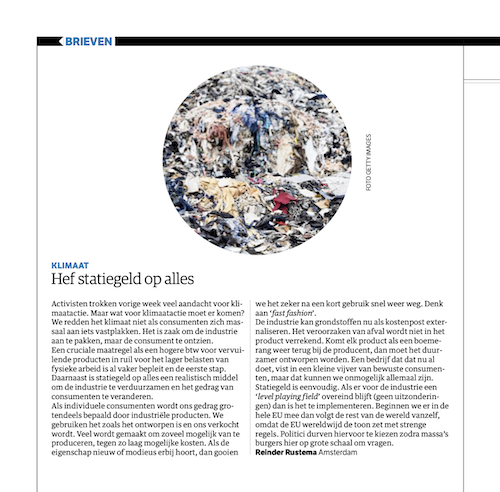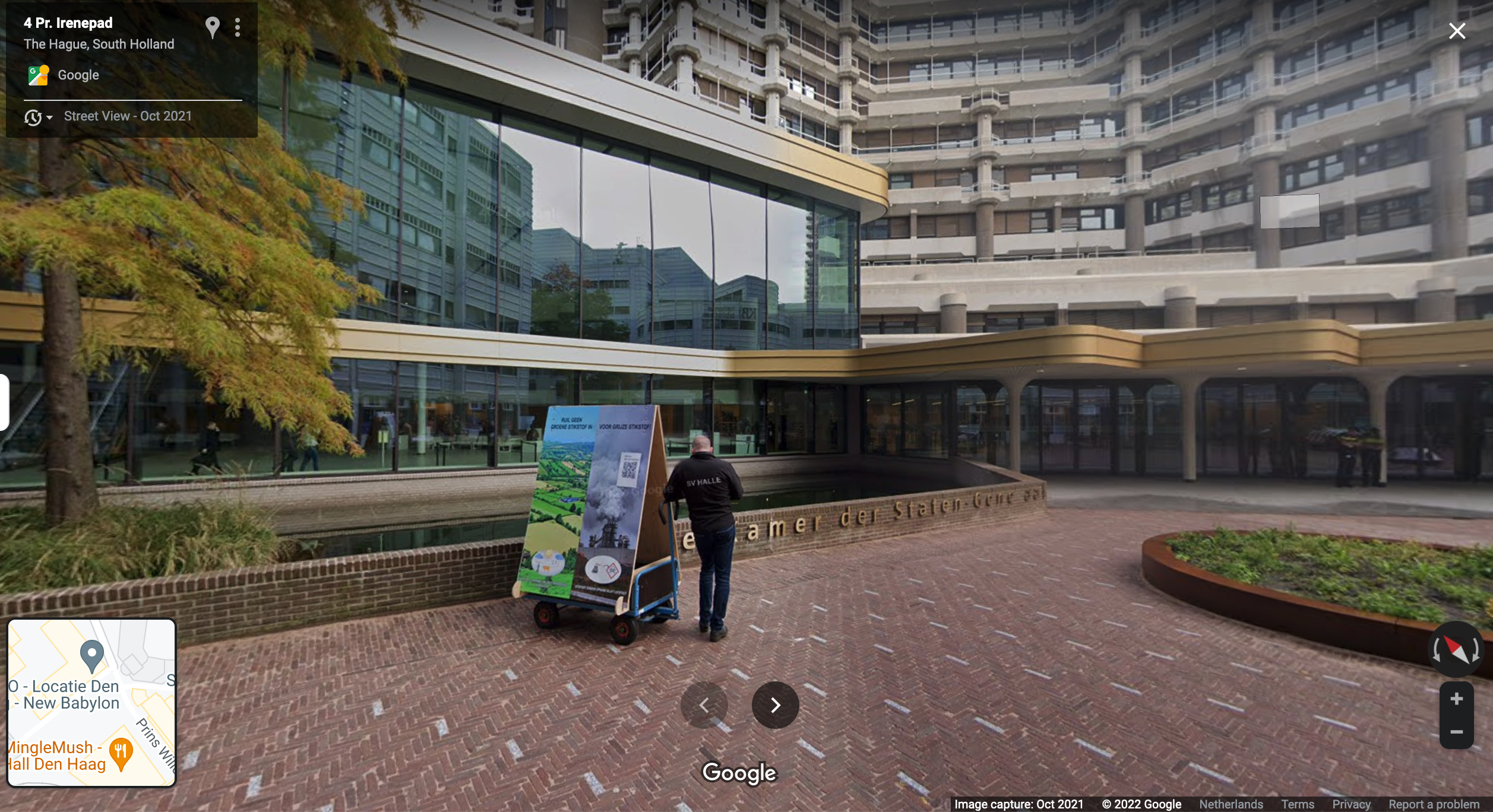Updates
A Ticket System for Government (Or: Let’s Finally Give the Ombudsman Teeth)
The ombudsman, as it stands, is a shark without teeth. It cannot even smell a scandal if it was bleeding before their eyes — can’t sense, can’t bite, can’t act, can’t fix. It’s a watchdog with no jaws. So let’s give it an upgrade or even better give the government such an upgrade that Ombudsman loses the necessity for their entire existence.
This isn’t some grand ideological revolution. It’s just a silly idea for a public ticket system. Silly, but powerful.
Imagine a civic ticket system — not buried in obscure forms, not locked in back-office email chains. Just like an internal help-desk, but for governance. Public, structured, traceable. And smart.
This is what it looks like.
Core Idea
Citizens should be able to report issues publicly — not buried in anonymous inboxes, not hidden behind “ongoing investigation” seals. People already talk about public issues. If people can talk about public issues with their friends, why can’t they track them together too?
A government ticket system could work just like internal systems in IT or customer service — but with a civic twist.
This is not a place for endless debate. It’s a structure to frame problem → proposal → response, cleanly and traceable.
This system proposes a transparent, iterative problem-solving interface where AI is used not to obscure, but to clarify.
The System: Public, AI-Structured, and Transparent
The system is made up of 4 stages — and yes, it uses AI — but only as a tool to help people sharpen what they’re already saying.
Every issue goes through this cycle:
1. Problem Description
a) Citizens submit an issue.
b) The AI cleans up the language, consolidates overlapping inputs, and upgrades the coherence of the report.
c) A public change-log shows the input that evolved the description — all steps visible, all input attributable.
2. Proposed Solution
a) Based on the refined problem description, the AI drafts a solution or possible action path.
b) This is visible to the public as a formal response — no magic, just structured reasoning.
c) This is not a decision. It’s a draft — structured logic, not authority. Only advice.
3. Critique Layer
a) Citizens respond to the proposed solution — a structured challenge to the proposal..
b) Their remarks are also structured by AI — not censored, but upgraded for clarity and grouped by theme or angle.
c) Again, change-logs and input trails are visible. No anonymous edits. No hidden manipulations.
d) in a sense this is the same as step 1 (problem description)
4. Upgraded Solution
a) The AI integrates valid critiques and proposes a refined version of the solution.
b) This is the “feedback-reinforced” stage, where the system attempts synthesis, not endless argument loops.
All stages remain visible — including abandoned tickets, failed resolutions, and ongoing ones. This creates a living public record of issues and proposed governance responses.
This is the synthesis. 1 = 2 + 3 = 4.
Why This Matters
- It forces clarity and traceability. No more vague complaints floating in chaos.
- It turns public input into a collaborative upgrade process.
- It shows which tickets are being handled, stalled, ignored — in plain sight.
- It makes every AI edit accountable, not mysterious.
- It doesn’t replace the ombudsman — it arms them.
Business Model? Sure — But Keep It Public
Yes, this is a product. But no, it shouldn’t be commercialized. This is civic infrastructure. It belongs to the commons.
It could be sold to municipalities, NGOs, or transparency coalitions — but that defeats the purpose.
Build it, release it, and let it run at zero cost. The public has already paid for enough systems that don’t work. This one should.
The value lies not in monetization — but in legitimacy.
Expanded Use: From Complaint Board to Administrative Operating System
What starts as a feedback tool can evolve into a complete civic engine. The system can scale:
- Reported Issue
- Processed Issue (by a public servant or automated filter)
- AI-generated remark on process adequacy (4-stages again)
- Re-open option if resolution was insufficient (4-stages again)
- Cross-department visibility and workflow mapping
- The ticket can go through different departments and the work of each department remains visible.
Each issue flows like a case file, but it’s public-facing and structurally transparent. Departments can adopt the system internally. Citizens and officials see the same state of the case. Updates are traceable.
With enough refinement, this system could even approach pre-judicial arbitration or replace lower-level administrative courts — especially for predictable, repeatable types of disputes (benefits, housing, permit denials, etc.).
At some point a judge and lawyer can then bend over the case after it went through these 3 steps.
Design Philosophy
- Public by default.
- AI-enhanced, not AI-obscured.
- Built around iteration, not resolution-hiding.
- Input is traceable. Reasoning is legible. Logic is public.
- Not built to silence citizens with forms — but to cohere chaos into clarity.
Potential Impact:
If deployed at scale, this would:
- Reduce performative complaint culture (“I ranted online!”) in favor of traceable input.
- Provide oversight journalists and watchdogs with live case data.
- Offer civil servants a way to separate noise from signal.
- Create longitudinal accountability: we’d know what failed, what improved, and why.
- We can track government efficiency through details such as backlog and amount of re-opened cases
Final Thought
Let’s stop treating public concern like noise.
Let’s give it a ticket.
Let’s give the ombudsman jaws.
Give people a way to speak clearly. Let the problems stay visible. Let the fixes be criticized. Let the system evolve in full view.
Democracy doesn’t die in darkness — it suffocates in forms. We’ve normalized arbitrary bureaucracy and opaque complaint systems. But the technology to upgrade them exists. All we’re missing is the will — and the will can be crowd-sourced.
Written by Artorius Magnus
https://tinyurl.com/laconic-utopia World-Peace suggestions @250 articles highschool dropout-autodidact (unofficially 5+ PhD's).
Statement Kamelenmelkerij Smits
Kamelenmelkerij Smits heeft een statement uitgebracht over de huis- en hobbydierenlijst. Daarin staat nader toegelicht waarom deze petitie nodig is.
De directe link naar de website is onderstaande: https://www.kamelenmelk.nl/petitie/
En we hebben inmiddels al ruim 100 mensen die de petitie ondertekend hebben! Goed bezig allemaal en heel veel dank!
Petitie verzonden naar 45 raadsleden
Beste buren,
Ontzettend bedankt voor jullie handtekeningen. De petitie heb ik afgelopen vrijdag naar alle raadsleden verstuurd met een dringende oproep of ze ons kunnen garanderen dat er een veilig onderstation wordt gebouwd.
Ik heb al een reactie ontvangen vanuit GroenLinks en DENK dat zij hierin gaan duiken. Daarnaast heb ik ook gevraagd om een inspraakmoment. Dit is blijkbaar iets wat alle burgers kunnen aanvragen zodat je kunt spreken tijdens een raadsvergadering. Ik houd jullie op de hoogte.
Met vriendelijke groet, Nathalie
NRC Opinie: Hef statiegeld op alles
Op 7 november 2022 op pagina 17 in NRC:
Activisten trokken vorige week veel aandacht voor klimaatactie. Maar wat voor klimaatactie moet er komen? We redden het klimaat niet als consumenten zich massaal aan iets vastplakken.
Het is zaak om de industrie aan te pakken, maar de consument te ontzien.
Een cruciale maatregel als een hogere btw voor vervuilende producten in ruil voor het lager belasten van fysieke arbeid is al vaker bepleit en de eerste stap. Daarnaast is statiegeld op alles een realistisch middel om de industrie te verduurzamen en het gedrag van consumenten te veranderen.
Als individuele consumenten wordt ons gedrag grotendeels bepaald door industriële producten. We gebruiken het zoals het ontworpen is en ons verkocht wordt. Veel wordt gemaakt om zoveel mogelijk van te produceren, tegen zo laag mogelijke kosten. Als de eigenschap nieuw of modieus erbij hoort, dan gooien we het zeker na een kort gebruik snel weer weg. Denk aan ‘fast fashion’.
De industrie kan grondstoffen nu als kostenpost externaliseren. Het veroorzaken van afval wordt niet in het product verrekend. Komt elk product als een boemerang weer terug bij de producent, dan moet het duurzamer ontworpen worden. Een bedrijf dat dat nu al doet, vist in een kleine vijver van bewuste consumenten, maar dat kunnen we onmogelijk allemaal zijn.
Statiegeld is eenvoudig. Als er voor de industrie een ‘level playing field’ overeind blijft (geen uitzonderingen) dan is het te implementeren. Beginnen we er in de hele EU mee dan volgt de rest van de wereld vanzelf, omdat de EU wereldwijd de toon zet met strenge regels. Politici durven hiervoor te kiezen zodra massa’s burgers hier op grote schaal om vragen.
Reinder Rustema Amsterdam

De petitie is verhuisd en elders ondertekenbaar
De petitie is verhuisd en is hier ondertekenbaar.
OPROEP!!!
Beste allen, Kom op 7 december 2022 ook naar de Demonstratie voor een Volwaardig ziekenhuis in Nissewaard en voor verbetering en behoud van bestaande (acute spoed)zorg in de regio.
Locatie: Stadhuis Coolsingel Rotterdam Tijdstip: 13:00-15:00 uur Met openbaar vervoer halte Stadhuis goed bereikbaar. Wij hopen op een grote opkomst.
Vriendelijke groet, VOOR Nissewaard
.
Demonstratie op woensdag 7 december a.s.
Op woensdag 7 december a.s. organiseert de Stichting Acute Zorg VPR een demonstratie tegen de verschraling van de zorg in onze regio.
De demonstratie zal plaatsvinden van 13.00 uur tot 14.00 uur op de Coolsingel voor het stadhuis van Rotterdam.
Waarvoor?
– Een volwaardig ziekenhuis in Nissewaard, met 24/7 SEH en IC capaciteit.
– Het voorkomen van het faillissement van het Ikazia ziekenhuis te Rotterdam-Zuid.
– Het voorkomen van de sluiting SEH en IC capaciteit van het van Weel-Bethesda ziekenhuis in Dirksland.
– Meer Huisartsenposten in de regiogemeenten.
– Weer genormaliseerde aanrijtijden van Ambulances.
– Omdat het van belang is dat er geen verschillen zijn tussen inwoners uit de regio en de Stad Rotterdam wanneer we het hebben over acute zorg dicht bij huis.
– Omdat zowel de politiek als alle acute zorg keten partners, geen enkele rekening houden met de extra kosten die acute zorg voor inwoners uit onze regio met zich meebrengt t.o.v. de inwoners van Rotterdammers (reis-, verblijf-, energie-, parkeer- en vervoerskosten)
Waarom deze demonstratie?
– Ter ondersteuning van de voorzitter van de Stichting Acute Zorg VPR, Willem Heijdacker, die vanaf 14.00 uur in de bestuursvergadering van alle 15 burgemeesters van de Veiligheidsregio Rotterdam-Rijnmond, een toelichting zal geven op de door hen gegeven reactie n.a.v. de 5de Brandbrief Acute Zorg van de Stichting.
– De burgemeesters hebben zelf ook aangegeven voor een betere acute zorg in de regio te zijn. Het ontbreekt hen alleen aan tools om dit te kunnen realiseren.
– Minister Ernst Kuipers van Volksgezondheid, Welzijn en Sport te overtuigen dat, concentreren van acute zorg in de grote steden alleen voor traumatische acute zorg realistisch is. Voor de overige 80% moeten er dicht bij huis voldoende volwaardige acute zorg voorzieningen zijn.
AANMELDEN? registreer jezelf dan via de onderstaande link of kijk op www.stichtingacutezorgvpr.nl
https://www.petities.com/demonstratievooreenvolwaardigziekenhuissmcinnissewaardiseenmust
MEER DAN 1000 HANDTEKENINGEN IN 8 DAGEN
Deze eerste week is het razendsnel gegaan. 873 Handtekeningen pus 132 fysieke handtekeningen in Den Dolder opgehaald, maakt bij elkaar 1005.
Het is een mooie en hoopvolle tussenstand. NATUURBEHOUD LEEFT. Ook bij jongeren !
Gezien door Google Streetview en overhandiging
Op 21 oktober 2021 stonden we voor de Tweede Kamer en Google Streetview heeft dat gezien

De overhandiging van de petitie is terug te zien. In de coronatijd ging dat via het scherm en niet in de Tweede Kamer..